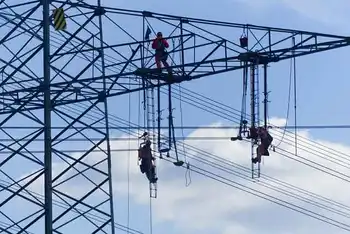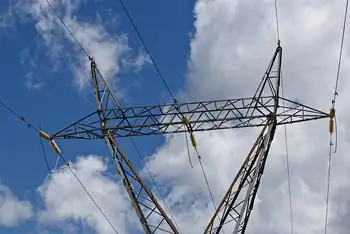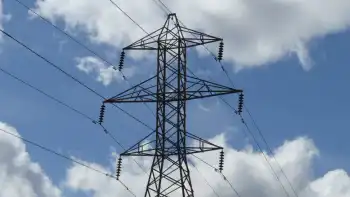GE engines power cogeneration plant for greenhouses
Great Northern Hydroponics, a division of Detroit-based Soave Enterprises, installed the 12-megawatt commercial greenhouse power plant at SoaveÂ’s sprawling, 55-acre tomato greenhouse complex in Kingsville, Ontario. The complex is located near Lake ErieÂ’s north shore in the Leamington region, about 350 kilometers (km) west of Toronto and about 50 km east of Detroit.
The high-efficiency onsite power plant, powered by four of GE EnergyÂ’s Jenbacher gas engines cogeneration modules, was among seven natural gas-fueled combined heat and power (CHP) projects approved by the Ontario Power Authority in 2006 to showcase how advanced cogeneration technologies could help make industrial plants more energy independent, improve local grid reliability and support CanadaÂ’s clean and renewable energy goals.
Surplus power from the greenhouse power plant is being sold to the local grid under a 20-year contract with the Ontario Power Authority. The plant supplies enough electricity to OntarioÂ’s transmission grid to power 12,000 to 15,000 Canadian homes annually.
In addition to generating power and heat to support greenhouse operations, the power plant also treats the gas enginesÂ’ exhaust, enabling CO2 from the exhaust to be recycled and applied as a special fertilizer to enhance greenhouse crop production.
Because CHP plants are inherently more energy efficient than separate systems to create electrical and thermal power, less fuel is consumed to produce the same amount of power. As a result, cogeneration can help to lower regional industrial emissions associated with energy production.
“Our inaugural greenhouse cogeneration project was made possible because of Ontario’s commitment to energy efficiency and initiatives to add significant amounts of energy from cogeneration to the provincial power grid,” said Guido van het Hof, president of Great Northern Hydroponics.
The cogeneration plant allows Soave to control its greenhouse operating expenses and improve its competitive position against other growers in North America, van het Hof explained.
The project also will support Ontario’s renewable energy goals because high efficiency, dispatchable cogeneration projects — including the Soave Hydroponics project — are helping the integration of renewable energy projects into the grid, van het Hof added.
The special CO2 fertilization/cogeneration system was developed by GE EnergyÂ’s Jenbacher gas engine business, which operates a global horticultural applications center of excellence in The Netherlands. The Soave plant features four ecomagination-certified, JMS 620 Jenbacher gas engines, heat recovery and exhaust treatment equipment, noise abatement and systems controls.
The complete greenhouse cogeneration system was supplied by DDACE Power Systems, GEÂ’s Jenbacher engine distributor for eastern Canada. H.H. Angus and Associated Ltd. of Toronto provided engineering services for the North American reference plant.
“GE is pleased that its special Jenbacher greenhouse cogeneration technology is supporting Soave Hydroponics’ and the Ontario government’s goals to increase local energy efficiency and energy reliability in support of Canada’s anti-climate change initiatives,” said Roger George, general manager for GE’s Jenbacher gas engine business in North America. “Facilitating additional cogeneration projects in the greenhouse industry will support new sustainable energy, environment and employment opportunities throughout this multi-billion dollar industry.”
Related News

IVECO BUS Achieves Success with New Hydrogen and Electric Bus Contracts in France
PARIS - IVECO BUS is making significant strides in the French public transportation sector, recently securing contracts for the delivery of hydrogen and battery electric buses. This development underscores the growing commitment of cities and regions in France to transition to cleaner, more sustainable public transportation options. With these new contracts, IVECO BUS is poised to strengthen its position as a leader in the electric mobility market.
Expanding the Green Bus Fleet
The contracts involve the supply of various models of IVECO's hydrogen and electric buses, highlighting a strategic shift towards sustainable transport solutions. France has been proactive in its…




